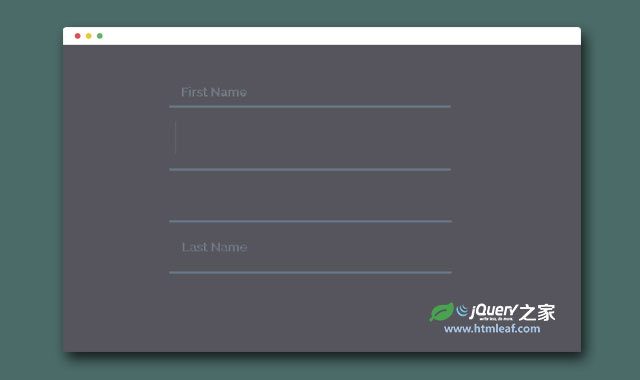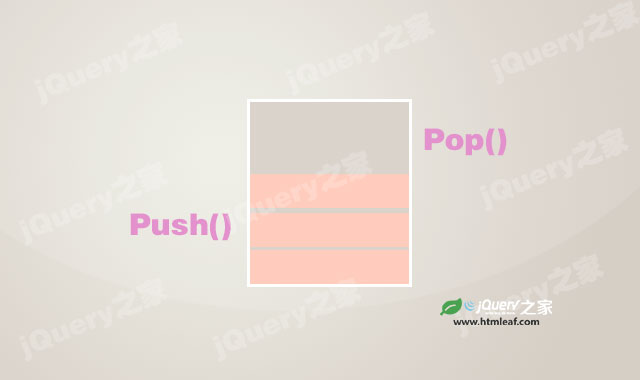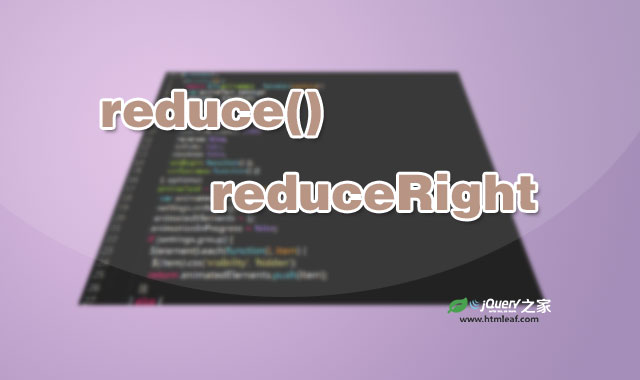这是一款效果非常炫和逼真的HTML5 canvas飘雪效果。该飘雪效果使用canvas的粒子系统来制作,使用粒子来制作各种雪花效果。它的背景使用CSS来渲染,你可以为这个下雪效果更换背景颜色或使用背景图片。
使用方法
HTML结构
该飘雪效果的HTML结构就是一个<canvas>元素。
<canvas id="canvas"></canvas>
CSS样式
我们可以通过CSS来自己设定该下雪效果的背景:
* {margin: 0; padding: 0;}
body {
/*You can use any kind of background here.*/
background: #6b92b9;
}
canvas {
display: block;
}
CSS样式
雪花和雪花的飘落效果都在js中完成,首先设置飘雪场景的尺寸大小,这里使用的是整个屏幕的宽度和高度。
//canvas init
var canvas = document.getElementById("canvas");
var ctx = canvas.getContext("2d");
//canvas dimensions
var W = window.innerWidth;
var H = window.innerHeight;
canvas.width = W;
canvas.height = H;
接着初始化雪花的粒子系统,设定每次屏幕上显示的最大粒子数mp,然后创建一个对象数组作为粒子系统,每个粒子都作为一个对象保存在这个数组中。每一个粒子都有x、y坐标,半径和密度等属性值。
//snowflake particles
var mp = 25; //max particles
var particles = [];
for(var i = 0; i < mp; i++)
{
particles.push({
x: Math.random()*W, //x-coordinate
y: Math.random()*H, //y-coordinate
r: Math.random()*4+1, //radius
d: Math.random()*mp //density
})
}
绘制雪花的工作有draw()函数完成:
function draw()
{
ctx.clearRect(0, 0, W, H);
ctx.fillStyle = "rgba(255, 255, 255, 0.8)";
ctx.beginPath();
for(var i = 0; i < mp; i++)
{
var p = particles[i];
ctx.moveTo(p.x, p.y);
ctx.arc(p.x, p.y, p.r, 0, Math.PI*2, true);
}
ctx.fill();
update();
}
update()函数是用于制作雪花飘落效果的。雪花飘落的角度是一个持续增加的增量,在它上面使用Sin和cos函数来制作水平和垂直的移动。在更新雪花的X、Y坐标时,Y坐标在cos函数的值只会加1,是为了防止出现负数值,同时为每一个雪花粒子设定它们的密度值,使它们的下落速度各不相同。最后,在雪花粒子离开屏幕之后,使它们重新返回到初始飘落位置上。
//Function to move the snowflakes
//angle will be an ongoing incremental flag. Sin and Cos functions will be applied to it to create vertical and horizontal movements of the flakes
var angle = 0;
function update()
{
angle += 0.01;
for(var i = 0; i < mp; i++)
{
var p = particles[i];
//Updating X and Y coordinates
//We will add 1 to the cos function to prevent negative values which will lead flakes to move upwards
//Every particle has its own density which can be used to make the downward movement different for each flake
//Lets make it more random by adding in the radius
p.y += Math.cos(angle+p.d) + 1 + p.r/2;
p.x += Math.sin(angle) * 2;
//Sending flakes back from the top when it exits
//Lets make it a bit more organic and let flakes enter from the left and right also.
if(p.x > W+5 || p.x < -5 || p.y > H)
{
if(i%3 > 0) //66.67% of the flakes
{
particles[i] = {x: Math.random()*W, y: -10, r: p.r, d: p.d};
}
else
{
//If the flake is exitting from the right
if(Math.sin(angle) > 0)
{
//Enter from the left
particles[i] = {x: -5, y: Math.random()*H, r: p.r, d: p.d};
}
else
{
//Enter from the right
particles[i] = {x: W+5, y: Math.random()*H, r: p.r, d: p.d};
}
}
}
}
}












